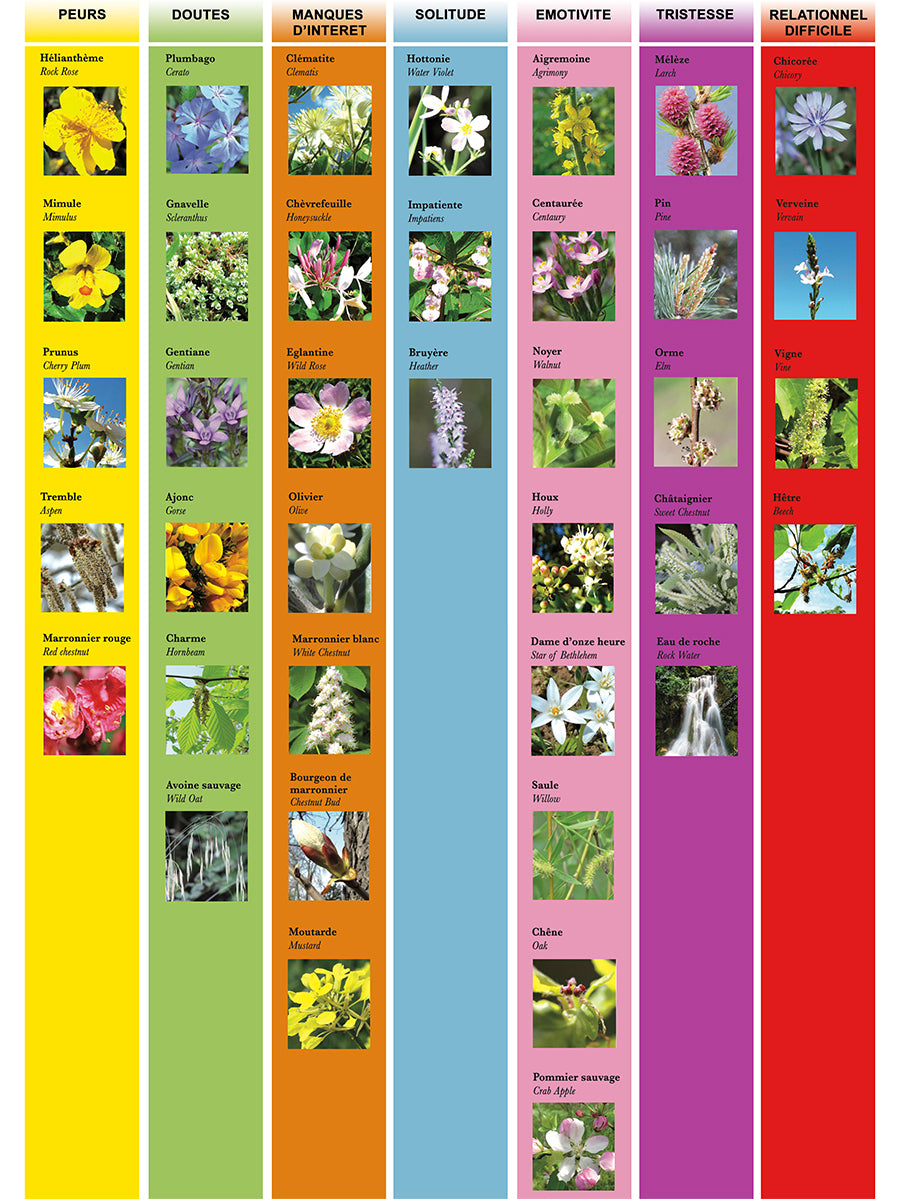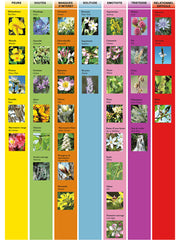



Red Chestnut
- 19.99$
0.00$- 19.99$
- Unit price
- per
Description
x- You are very concerned about others and feel overly protective of others.
The Bach Flower Red Chestnut, also called Red chestnut in English, is a species of tree resulting from the cross between the common horse chestnut (Aesculus hyppocastanum) and the red pavia (Aesculus pavia). Much smaller than the common horse chestnut, the red chestnut is often used as an ornamental tree in parks and gardens as well as on roadsides, it rarely exceeds 20 meters in height. The flowering period of the red chestnut takes place between May and June: it produces very fragrant pink and red flowers grouped in clusters of cymes.
The intense color of its flowers is a symbol of a strong involvement in the outside world; no other Bach flower is as colorful. A real force emanates from the flowers of the red chestnut tree, which then give way to green husks containing inedible chestnuts that fall in October. To flourish, the red chestnut tree needs sun and space; it must have at least 15 meters of space around it to spread its drooping branches. The Bach flower Red chestnut is produced by boiling the flowering branches; this essence is dark plum-colored, a color representing empathy.
Produits recommandés
Produits récemment consultés
- Choosing a selection results in a full page refresh.



